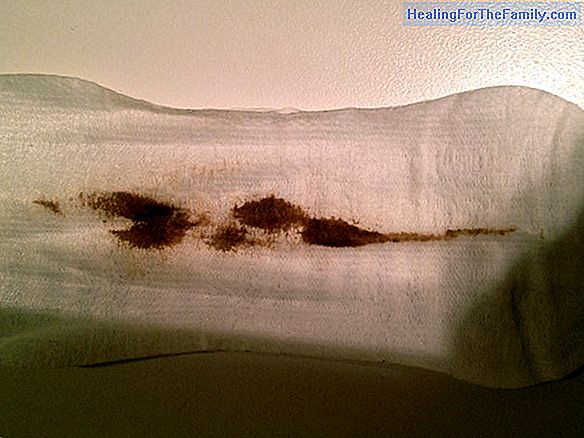Incontinence in pregnancy
During pregnancy, the woman experiences changes in the different systems that govern the human body in general and the urinary system is one of them . The uterus, which rests on the bladder, increases in size and weight over the weeks. In this way, it exerts an increasing pressure on the bladder and
During pregnancy, the woman experiences changes in the different systems that govern the human body in general and the urinary system is one of them. The uterus, which rests on the bladder, increases in size and weight over the weeks. In this way, it exerts an increasing pressure on the bladder and its storage capacity is reduced. It is normal to increase the urge to urinate. On the other hand, due to the hormonal increase, the internal urethral sphincter of the bladder has less capacity for contraction and, shortly after the bladder has urine, it relaxes and causes leaks.Types of incontinence in pregnancy
The need to go to the bathroom is often normal in pregnancy. However, frequent urination should not be confused with incontinence.

1.
Urgency incontinence.It is the need to urinate continuously, the inability to endure once the desire comes. In most cases, it is associated with neurological pathologies or hyperactive bladders. 2.
Stress incontinence.In pregnancy, there are times when urine losses come after coughing, sneezing, laughing, or lifting some weight. These are known asincontinences of effortand are mostly due to the weakness of the pelvic floor musculature.3. I mixed incontinence.
It occurs when those mentioned above come together.What is the mechanism of stress incontinence?Pregnant women usually suffer stress urinary incontinence due to weakness of the abdominal girdle and perineal muscles. Its operation can be built using a simile. Imagine a balloon full of water, with a somewhat loose knot. The knot represents the pelvic floor and the balloon the abdominal capacity. When you cough, laugh, lift a weight or sneeze, the pressure on the abdomen increases, pressing our balloon.
It is as if we squeeze it tightly and consequently the water will want to come out. If the knot is well made, if it is strong, it will not escape, but if it is loose, the water will come out. This is what happens in our body.
When the bladder has urine, when coughing, laughing or sneezing, abdominal pressure increases and pushes the bladder
. If the pelvic floor is contracted, there will be no loss, but if it is weak and can not withstand the pressure, we will have a leak of urine. What can we do against incontinence in pregnancy?Stress incontinence is usually transient and relatively easy to prevent. Getting a good pelvic floor condition to control when we want the output of urine is paramount. To achieve this, we must have a good tone and muscular resistance of the perineal muscles and the ability to contract and relax it whenever you want.
Kegel exercises are very effective in restoring muscle tone and strengthening the pelvic floor
. The important thing is to be constant since they have no immediate effect. The results begin to be noticed after 6-8 weeks. As extra measures, try to avoid excessive intake of fluids and spicy, constipation and maintain good intimate hygiene to prevent infection. And, above all, as an aid, it contracts the perineal muscles when coughing, laughing or sneezing. The doctor, the midwife and the physiotherapist will be able to indicate which are the measures, and the pertinent exercises to maintain the good condition of your pelvic floor.
Marián Zamora Saborit

Physiotherapist. Pilates Technician
Psychomotorist in Early Childhood EducationCollaborator of GuiaInfantil.com
Blog by Marián Zamora












